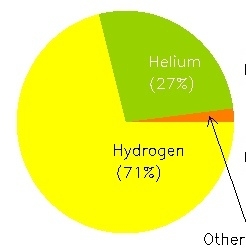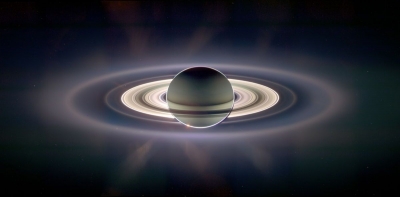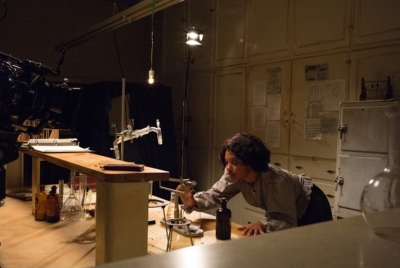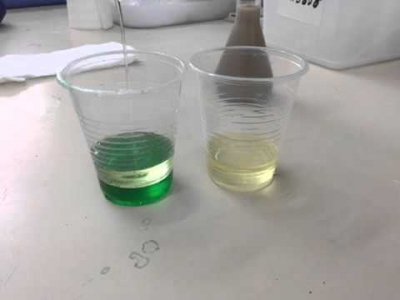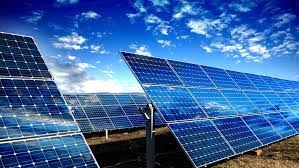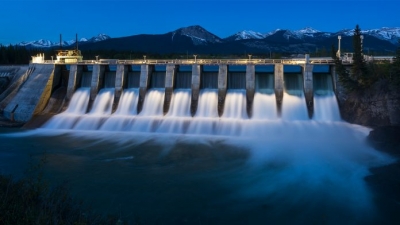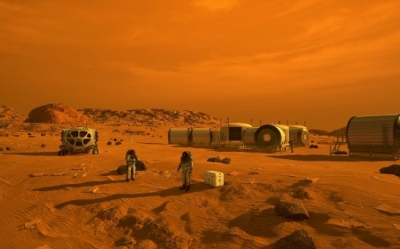
If humans were to set up home on another planet, scientists say. Mars is our best bet. The interest in sending humans to Mars has never been greater, as many space agencies-private and government-funded - are developing their own human spaceflight to Mars. The U.S. space agency NASA is developing the capabilities needed to send humans to the Red Planet in the 2030s. While Russia plans to send humans in the 2040s, China hopes to do so by 2033. The UAE. a new entrant to space exploration, plans to put a human settlement on Mars within the next 100 years. Mars One and SpaceX also have their eyes set on Mars in the coming decades.
But the question is ‘What is it like to live on Mars?’ To answer that scientists have been recreating Mars-like habitats on Earth! Called Mars analogue habitats, they help prepare astronauts, engineers, and researchers for the future challenges of sending a crewed mission to the Red Planet
NASA has recently set up similar facilities called CHAPEA (short for Crew Health and Performance Exploration Analog) inside its Johnson Space Center in Houston and has invited volunteers with certain qualifications to become crew members at these habitats. What's CHAPEA? What's its purpose?
CHAPEA is a series of analogue missions that will simulate year-long stays on the surface of Mars. Each mission will consist of four crew members living in Mars Dune Alpha, an isolated 1.700 square foot habitat. According to the NASA website, the 3D printed habitat will include private crew quarters, a kitchen, and dedicated areas for medical, recreation, fitness, work, and crop growth activities, as well as a technical work area and two bathrooms. Such a 3D-printed home has been prefered because it is likely that future habitats used during space exploration on Mars will be 3D-printed to prevent the need for launching large, heavy building materials.
What will the CHAPEA crew members do?
During the mission, the crew will conduct simulated spacewalks and provide data on a variety of factors, which may include physical and behavioural health and performance. They will consume ready-to-eat space food and will try to grow plants. The paid volunteers will try to survive with limited communications back home, restricted resources and equipment failures. Exercising, hygiene activities, maintenance work and science work are some of the other activities planned for the volunteers.
What is the purpose of this analogue?
Researchers will analyse the social and teamwork dynamics of the crew. The programme will be critical in understanding how trained individuals will perform under the rigours and pressures of a Mars mission.
Specifically, it will not only highlight operational challenges, but will also illuminate the physical and mental health challenges that future astronauts may encounter in long-duration space missions.
When will the project begin?
NASA is planning three of these experiments with the first one starting in the fall next year (September 2022).
Where were some of the past Mars analogue habitats located?
- The Mars Society, a space advocacy group established the Flashline Mars Arctic Research Station (FMARS) in 2000 in the territory of Nunavut, Canada. FMARS Crew 11 remained in the Martian simulation for 100 days.
- It set up its second habitat in Utah, whose crew members focussed on conducting field research in simulated Martian conditions.
- The Mars-500 mission was a series of experiments conducted between 2007 and 2011 and sponsored by Russia, the European Space Agency, and China. Unlike other Mars Analog missions, Mars-500 did not take place in a Mars-like environment, but in a Moscow research institute. An important focus of the Mars-500 research was the diagnosis of "adverse personal dynamics” which would affect cooperation among the crew.
How I can humans live on Mars, if they were to settle there?
Compared to other planets, Mars has its advantages when it comes to human habitation. It is the closest planet to Earth. Its soil contains water and there is enough sunlight to use solar panels Human body can adapt to the gravity on Mars, which is 38% that of Earth's, and day-length in Mars is similar to that of Earth. However, humans cannot live on Mars like they do on Earth
Mars has no oxygen in its atmosphere and it is very cold on its surface - the average temperature of Earth is about 50 degrees Fahrenheit, while the average temperature on Mars is minus 100 degrees Fahrenheit. There's also virtually no air pressure. Mars temperature variations often result in powerful dust storms. Though these storms probably wouldn't physically harm us, the dust could dog electronics and interfere with solar powered instruments.
So, to survive on Mars, humans will need special equipment and pressurised and heated habitats. The habitats are to be self-sustaining sealed against the thin atmosphere, and capable of supporting life for extended periods of time. Humans will also need a spacesuit whenever they go outside the habitat. Despite wearing a suit, radiation from space could ham the human settlers.
For a longer stay, humans will have to figure out how to extract water from underground supplies, and how to produce their own food Scientists believe that we could sustain life there by producing food under artificial light and growing genetically modified plants Space companies are already designing prototypes of habitation humans will need to survive on Mars.
Here are some of the basic facts that astronomers have learnt about the planet over the years.
- Mars, the fourth planet from the Sun in the Solar System, is an icy desert. It has two moons Phobos and Deimos.
- It is half the size of Earth, and gets its name the Red Planet because iron minerals in its soil oxidise or rust thereby making its surface and atmosphere look red.
- One Martian year is 687 Earth days.
- Mars has seasons and weather patterns. It has polar ice caps, canyons and even dead volcanoes. It has a very thin atmospheric layer.
- Mars, at the farthest point of its orbit, is about 400 million kilometres, from Earth, and 55 million kilometres at the nearest point.
Picture Credit : Google
